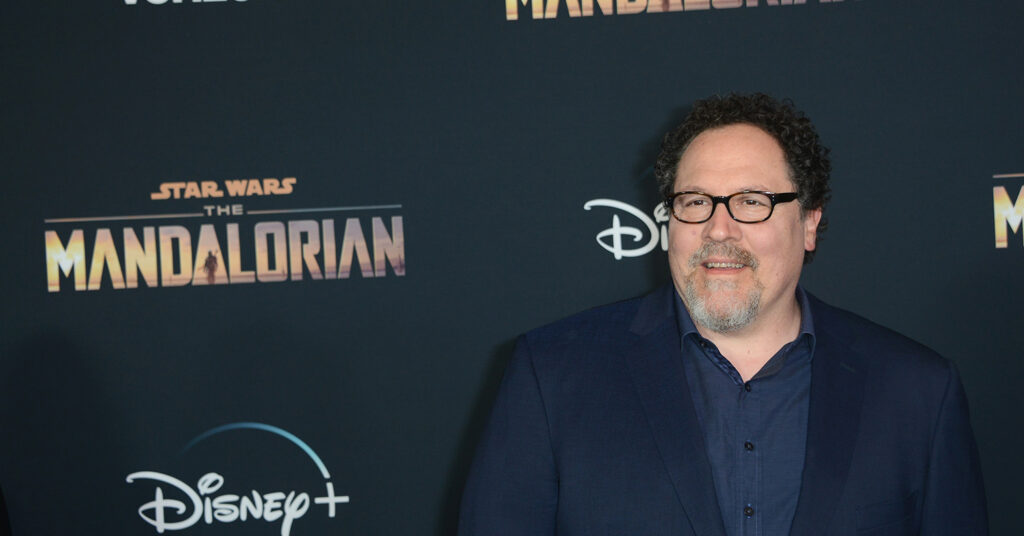Earlier this year, “The Lion King” remake made its much-anticipated debut in cinemas around the world. Grossing more than $1 billion globally, the movie — which stars Beyoncé, Seth Rogen, and Donald Glover — is a retelling of the much-loved original story of Simba the lion and all of his animal friends (and enemies).
The film may be all about the triumphs and trials of the animal kingdom in Sub-Saharan Africa, but no real animals were exploited to make it. A team of graphic designers created the stars of the film, and computer animators brought them to life.
The outcome is so realistic, director Jon Favreau maintains, that it proves animals do not need to be harmed in the movie-making process.
He told Vanity Fair, “the fact that technology can make it look so photo-real, it becomes harder and harder to make a case that you need to put animals in danger when making movies.”
Animals in Film
According to animal rights organization PETA (People for the Ethical Treatment Animals), the film industry can be harmful to animals.
It says on its website, “trainers who supply animals to the entertainment industry are frequently cited by the U.S. Department of Agriculture for violating the federal Animal Welfare Act, which establishes only minimal guidelines for animal care.”
PETA praised Favreau’s decision to cause zero harm to animals, sponsoring a rescue lion in his honor. Named Louie, the lion was taken from his mother in South Africa as a cub and forced to perform in film and TV productions. He now lives at a sanctuary in California.
An Environmentalist Message
“The Lion King” also carries another animal-friendly message: conservation. According to Favreau, the movie not only connects children with wild animals, but also the fight to protect them.
“We were able to pay tribute to a species that unfortunately, during the course of making this, we found out went extinct — the northern white rhino,” he explained. “Hopefully, having these images [that are] so realistic, [when] kids see it for the first time, they may develop a relationship and feel a sense of responsibility to help protect [these animals].”


